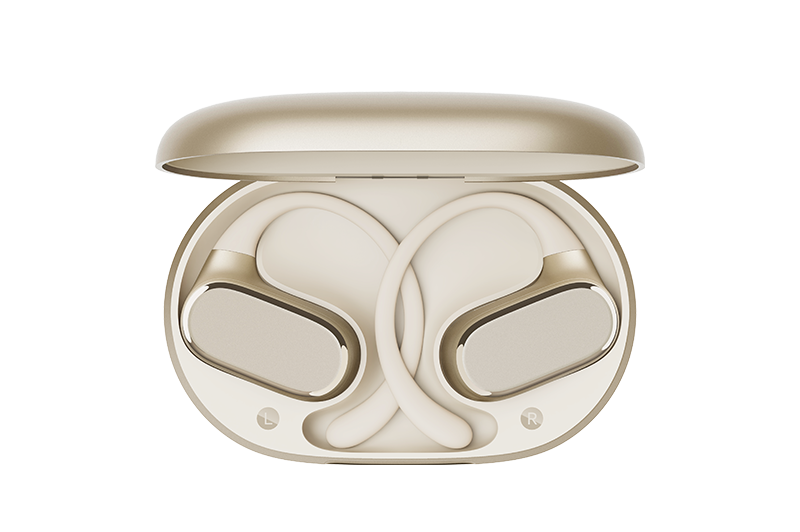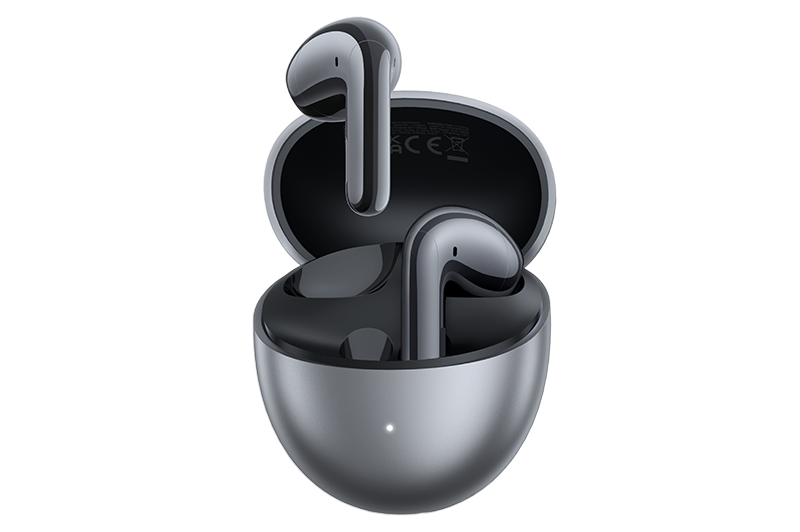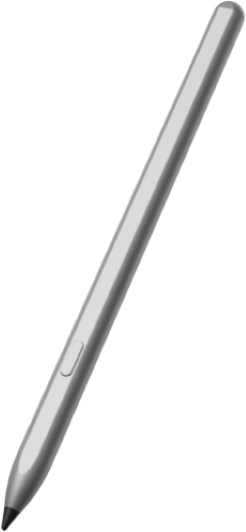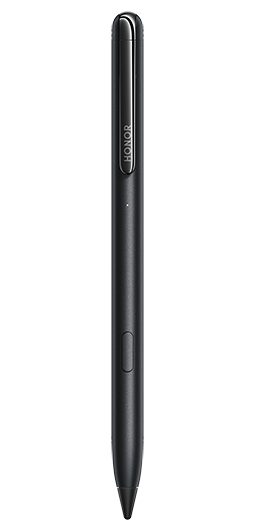TOP

我的荣耀 开启荣耀之旅
To log in to your account, you must first agree to the HONOR PLATFORM TERMS OF USE and HONOR Platform Privacy Statement . If you do not agree, you may only browse the site as a guest.
*You can unsubscribe at any time, Please see our Privacy Statement for details.

Everything You Need to Know about What Is Fast Charging
Fast charging is not merely a convenience. It's a revolution in how we keep our smartphones, tablets, and laptops charged. This technology enables our device to go from a nearly depleted battery to a fully charged one in a fraction of the time compared to conventional charging methods. This article delves deep into the world of fast charging, unveiling the science behind it, the different technologies that drive it, how it works, how to identify a fast charger, and its promising future in powering our tech-driven lives. Let's dive in!
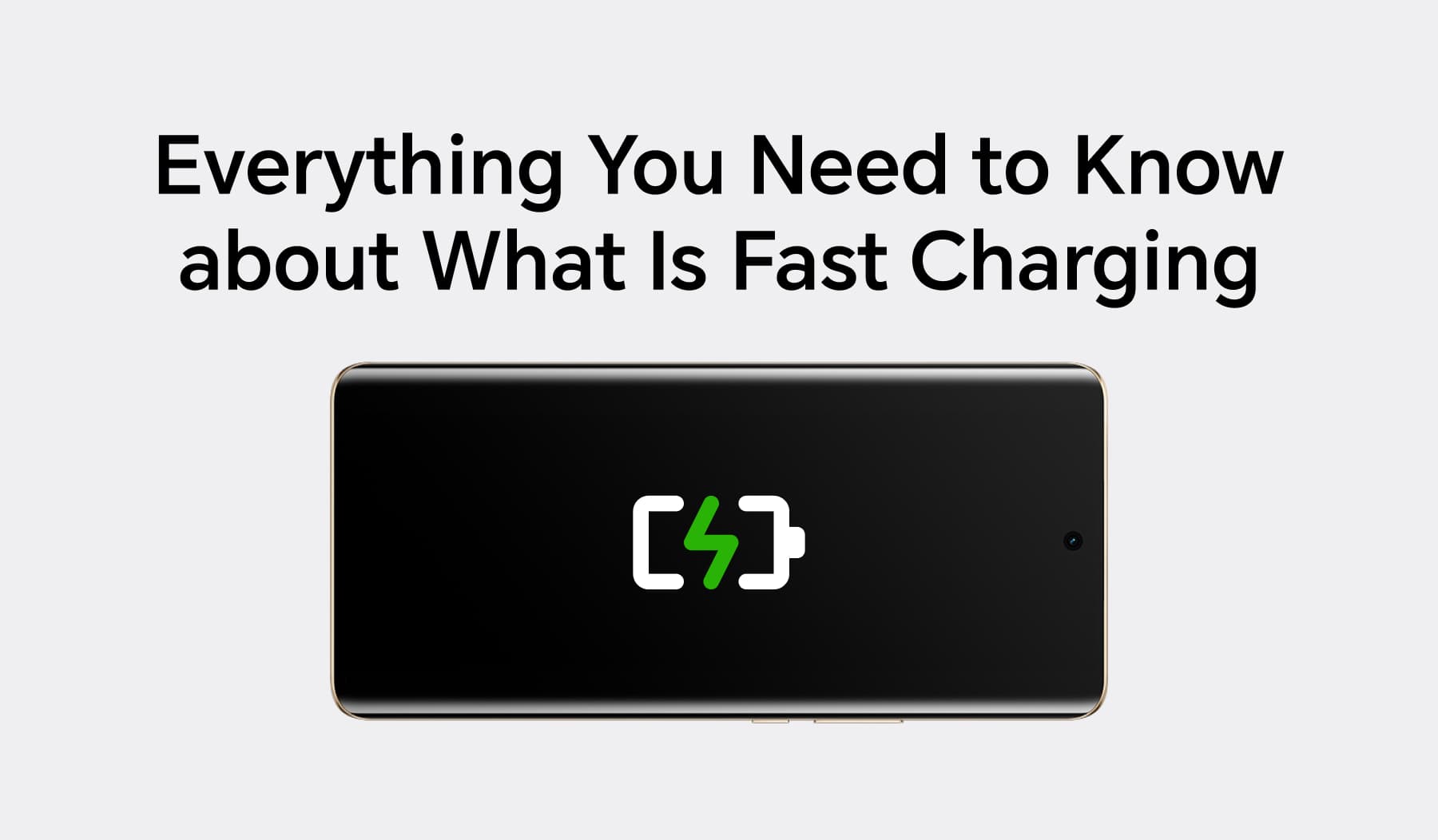
What is Fast Charging?
Fast charging is a technology that allows batteries, especially in smartphones and other portable devices, to be recharged at a faster rate than conventional charging. It achieves this by increasing the amount of current delivered to the battery or by increasing the voltage to the battery, which subsequently results in a quicker charge time.
Compared to the standard 5W charging, fast charging delivers significantly higher power to your device, often ranging from 15W to 100W or more, depending on the technology and the device itself. To utilize fast charging, you typically need a compatible charger and cable. These accessories are designed to handle higher power levels and often have specific connectors or protocols, like USB Power Delivery or Qualcomm Quick Charge.
Types of Fast Charging
There are many different fast charging types available, below is a quick overview of the most common fast-charging types and their key differences.
1. USB-PD (Universal Serial Bus Power Delivery)
USB-PD is the most widely supported fast charging type. It is an open standard, which means that any manufacturer can use it. USB-PD supports a wide range of power levels, from 5 watts to 240 watts. This makes it ideal for a variety of devices, including smartphones, laptops, and tablets.
2. Qualcomm Quick Charge
Quick Charge is another popular fast charging type. It was developed by Qualcomm and is used on many high-end smartphones. This type supports a variety of power levels, up to 100 watts. The fast charging method works with most Snapdragon processors for smartphones and tablets.
3. Pump Express
Pump Express is a fast-charging standard developed by MediaTek, a leading semiconductor company. It optimizes charging times by dynamically adjusting the voltage delivered to the device's battery during the charging process. This adaptive voltage scaling allows the battery to be charged more efficiently, reducing charging times significantly while also ensuring the battery's safety and longevity. As with other fast-charging standards, its efficacy is best realized when both the charger and the device support the Pump Express protocol.
How Does Fast Charging Work?
Fast charging is a significant leap in battery technology. At the core of this system is the principle of power delivery.
Traditional chargers, often termed 'slow chargers' or 'standard chargers', predominantly operate at 5 volts and deliver about 1 to 2.4 amperes. This translates to a power range of 5W to 12W. This method, while reliable, doesn't efficiently meet the charging needs of the larger batteries found in today's devices.
Enter fast chargers. These aren't constrained by the 5-volt delivery. Many fast chargers, especially those designed for smartphones, can operate at voltages as high as 9V, 12V, or even 20V, with current outputs ranging from 2A to 5A. For instance, a 9V/2A fast charger can deliver up to 18W of power. Some advanced chargers, especially for laptops, can even deliver over 100W of power using USB Power Delivery standards.
However, just supplying more power isn't enough; it's crucial to do it smartly. When a device is connected to a fast charger, an intricate communication ensues. The device communicates its battery status, temperature, and capacity to the charger. Using this information, the charger, with its embedded specialized charging protocols, can then determine how much voltage and current to deliver.
This dynamic method ensures a couple of things. Firstly, it promises a rapid charging phase, especially when the battery is significantly depleted. Secondly, as the battery approaches its full capacity, the delivered current starts to taper off. This is not just to protect the battery from potential damage, but also to prevent overheating, which is a common concern with fast charging.
Additionally, fast chargers are often equipped with temperature sensors and voltage regulators. These components continuously monitor and adjust the power delivery, ensuring both the battery and device remain within safe operating conditions.
Lastly, it's worth noting that for the entire fast charging process to work seamlessly and safely, high-quality components are a necessity. Both the charger unit and the connecting cable need to be of top-notch quality and comply with the fast charging standard's specifications. Inferior components can not only slow down the process but also pose potential risks.
In essence, fast charging isn't just about brute force power delivery; it's a combination of increased power combined with intelligent communication and safety mechanisms.
How to Identify a Fast Charger?
Now that you know what is fast charging and how it works, how can you distinguish one? Given the similarity in USB cables, what clues will help you pinpoint a fast-charging cable to juice up your phone swiftly? Look out for some clear indicators!
1. Check the Wattage: Fast chargers typically have a higher wattage rating. Look for a charger that provides at least 15 watts or more. Many fast chargers offer 18W, 20W, 30W, or higher power ratings.
2. Look for Fast Charging Logos/Branding: Fast chargers often display logos or branding specific to their fast-charging technologies. For example, Qualcomm Quick Charge chargers have the Quick Charge logo, while USB Power Delivery chargers may display a USB PD logo.
3. Read the Product Description: Review the charger's product description or packaging. It should mention fast-charging capabilities and even specify the compatibility with certain smartphone brands or models.
4. USB Type-C Port: Many fast chargers use USB Type-C connectors, so if a charger has a USB-C port, it's a good indicator that it is designed for faster charging.
5. Check the Amperage and Voltage: Fast chargers usually have higher amperage (measured in A) and voltage (V) ratings. For example, a charger with 9V/2A or 5V/3A output is often associated with fast charging.
6. Manufacturer's Website: If in doubt, you can visit the manufacturer's website or consult the user manual of your device to see which charging standards and wattage are recommended.
Devices Supporting Fast Charging
Many modern smartphones support fast charging to reduce charging times significantly. Just take the newly released HONOR 90 as an example, which uses higher power levels, specialized charging protocols, and thermal management to provide faster and more efficient charging.
HONOR 90 owns multiple flagship features for fast charging. It supports 66W fast charging, which means that you can charge the phone's 5000mAh battery from 0 to 100% in around 40 minutes. This is a great feature for users who are always on the go and need to be able to charge their phones quickly. It has an intelligent power management system that can recognize what you are using the phone for and adjust the power profile accordingly. This helps to extend the battery life of the phone and ensure that you always have enough power when you need it.
Conclusion
What is fast charging? It is a technological advancement in the realm of battery charging. By optimizing the current or voltage delivered to the battery, it significantly reduces waiting times, ensuring our gadgets are ready to use when we need them most. Whether for personal convenience or professional necessity, fast charging has reshaped how we interact with our devices daily.
FAQ
Does Fast Charging Harm the Battery?
In depends. When implemented correctly and with proper thermal management, fast charging should not harm your device's battery under normal usage. Modern smartphones are designed with safety mechanisms and charging control circuitry to mitigate potential issues. But you have to avoid excessive heat and extreme charge levels.
What Sets Fast Charging Apart from Standard Charging?
Fast charging delivers significantly higher electrical current to a device's battery, allowing it to charge much faster than standard charging. This speed is achieved through specialized protocols, higher wattage chargers, and compatible cables, reducing the time it takes to recharge a device, especially when it's low on battery.
What is considered fast charging?
While a regular or standard charger typically delivers an output of 5 to 10 watts, a fast charger boasts an output of 15 watts or more. In advanced scenarios, fast charging can even reach outputs as high as 66 watts, representing the upper echelon of rapid power delivery in today's charging technology.
Source: HONOR Club
Subscribe For Updates - Special Offers And More.
I agree to receive the latest offers and information on HONOR products through email or IM (e.g. WhatsApp) provided below and advertisement on third-party platforms. I understand that I can unsubscribe anytime according to Chapter 6 of HONOR Platform Privacy Statement .
Consumer hotline
8008440443 Sunday - Saturday, 9:00am-9:00pm
sa.support@honor.com
Copyright © HONOR 2017-2025.All rights reserved.
We use cookies and similar technologies to make our website work efficiently, as well as to analyze our website traffic and for advertising purposes.
By clicking on "Accept all cookies" you allow the storage of cookies on your device. For more information, take a look at our Cookie Policy.
Functional cookies are used to improve functionality and personalization, such as when playing videos or during live chats.
Analytical cookies provide information on how this site is used. This improves the user experience. The data collected is aggregated and made anonymous.
Advertising cookies provide information about user interactions with HONOR content. This helps us better understand the effectiveness of the content of our emails and our website.







































